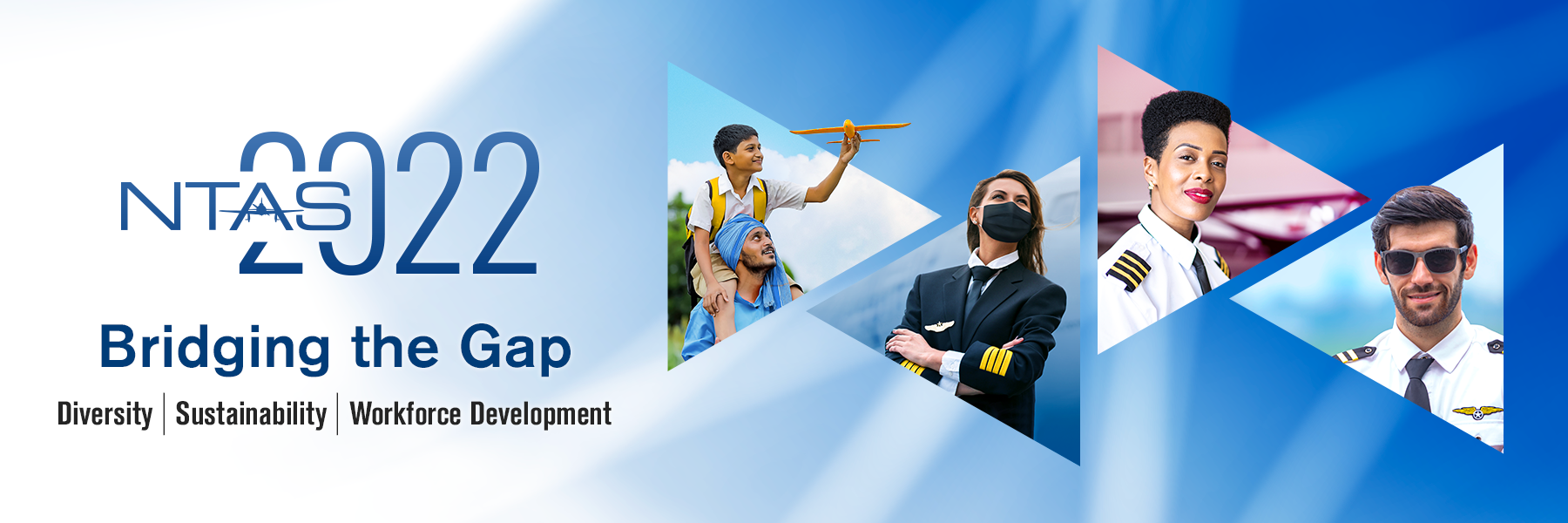How Partnering with the Humanities Can Produce a More Prepared Aviation Workforce
Presenter Email
taylo13f@erau.edu
Keywords
STEM, humanities
Abstract
This presentation will examine the Humanistic STEM (H-STEM) initiative at Embry-Riddle. The goal of H-STEM is to create a transferable model that blends humanities and STEM, showing connections between these disparate fields of study, and maintaining a content focus that reinforces the relevance of each discipline. This innovative interdisciplinary program has the potential to ignite an interest in humanities among students who are attracted to STEM- and aviation-focused fields. These students often find little value in their humanities courses, despite the reality that they reinforce skills that have been widely deemed by industry leaders as strongly desirable. H-STEM can lead to a profound understanding of the wide applicability of the skills and competencies acquired in their courses including collaborative learning, communication, cultural literacy, and information literacy. Additionally, H-STEM shows promise for a reinforcement of the relevance of skills—such as critical thinking, creativity, and ethical reasoning—typically associated with the humanities. Finally, H-STEM compels students to create, solve problems and dwell in complexity, resulting in a STEM workforce that has the skills, habits of mind and ways of knowing that foster innovation. The result will be STEM-focused graduates who are more closely aligned with the expectations of industry leaders, one which possesses the requisite technical skills but also such advantages as an increased capacity for empathy, refined communication skills, and rich exposure to cultural diversity. H-STEM students also will possess basic abilities that have full utility in all areas of their lives, regardless of discipline, learner level or workforce sector.
How Partnering with the Humanities Can Produce a More Prepared Aviation Workforce
This presentation will examine the Humanistic STEM (H-STEM) initiative at Embry-Riddle. The goal of H-STEM is to create a transferable model that blends humanities and STEM, showing connections between these disparate fields of study, and maintaining a content focus that reinforces the relevance of each discipline. This innovative interdisciplinary program has the potential to ignite an interest in humanities among students who are attracted to STEM- and aviation-focused fields. These students often find little value in their humanities courses, despite the reality that they reinforce skills that have been widely deemed by industry leaders as strongly desirable. H-STEM can lead to a profound understanding of the wide applicability of the skills and competencies acquired in their courses including collaborative learning, communication, cultural literacy, and information literacy. Additionally, H-STEM shows promise for a reinforcement of the relevance of skills—such as critical thinking, creativity, and ethical reasoning—typically associated with the humanities. Finally, H-STEM compels students to create, solve problems and dwell in complexity, resulting in a STEM workforce that has the skills, habits of mind and ways of knowing that foster innovation. The result will be STEM-focused graduates who are more closely aligned with the expectations of industry leaders, one which possesses the requisite technical skills but also such advantages as an increased capacity for empathy, refined communication skills, and rich exposure to cultural diversity. H-STEM students also will possess basic abilities that have full utility in all areas of their lives, regardless of discipline, learner level or workforce sector.



Comments
Presented in Session 2 C - Insights into DEI in the Aviation Industry